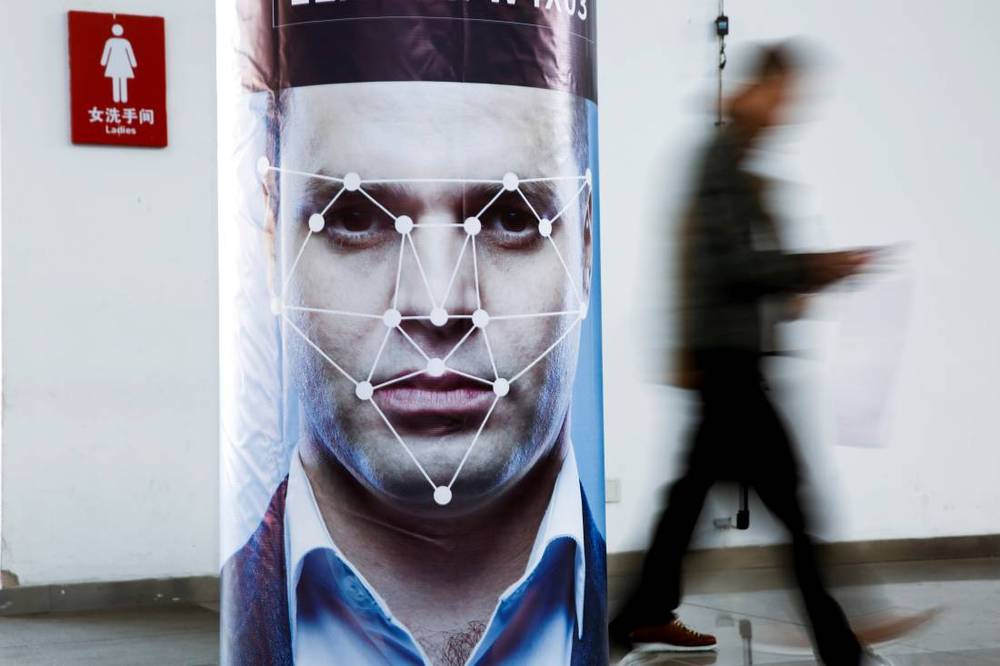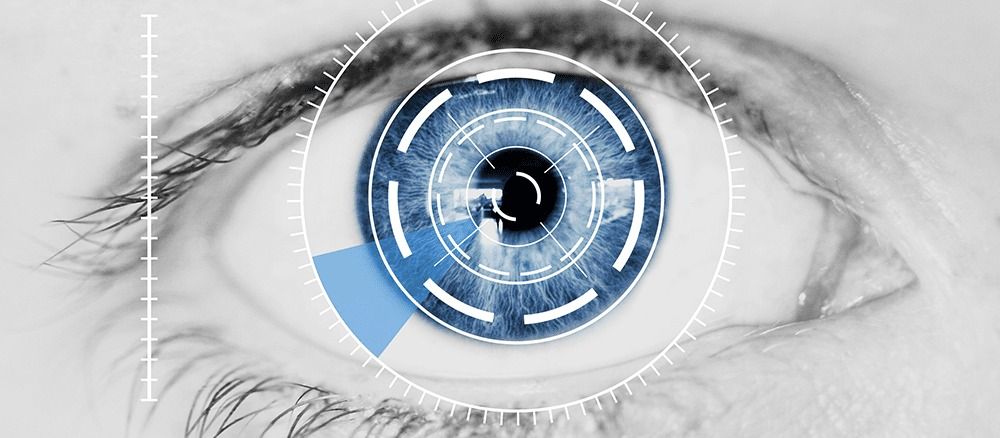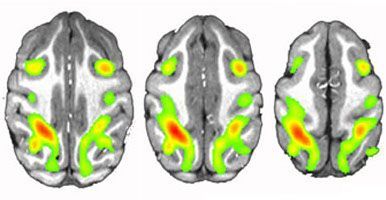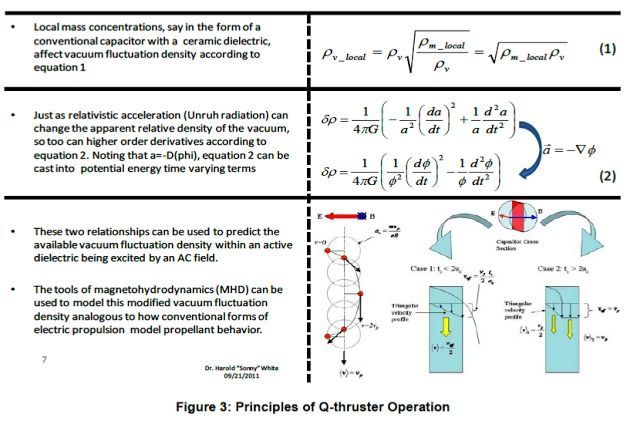The De Grey searching for researchers with work involving longevity… r.p.berry & AEWR.
Thank you for your interest in submitting a proposal for grant funding to SENS Research Foundation (SRF). Primarily, we fund projects by identifying research priorities through our Chief Science Officer’s (CSO) team and then either approaching parties with relevant expertise directly, or if appropriate generating requests for proposals (RFPs).
We do, however, also accept letters of intent for new grant proposals from interested parties for projects that fall specifically within our research mission. All such letters should clearly delineate the specific SENS target to which the proposal relates, and how the proposal would further progress toward developing therapies that remove, repair, replace, or render harmless that target.
All research projects are selected and periodically reviewed by our Research Development Committee (RDC), and its decisions are ratified by our Board of Directors. The RDC convenes twice yearly, at the end of the first and third calendar quarters.

















